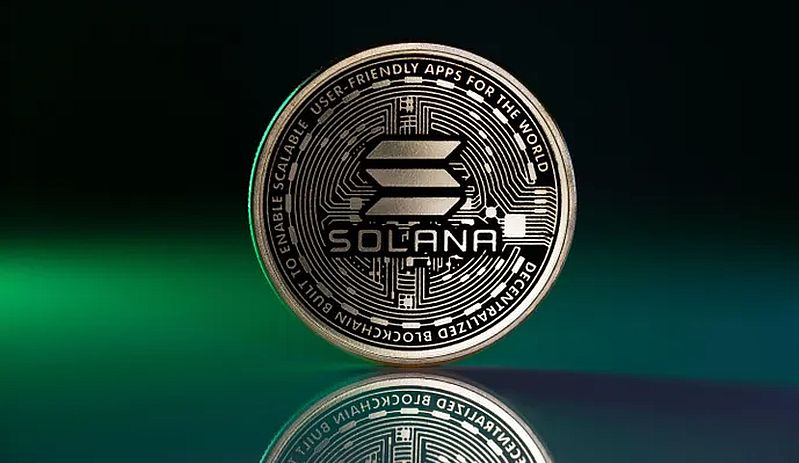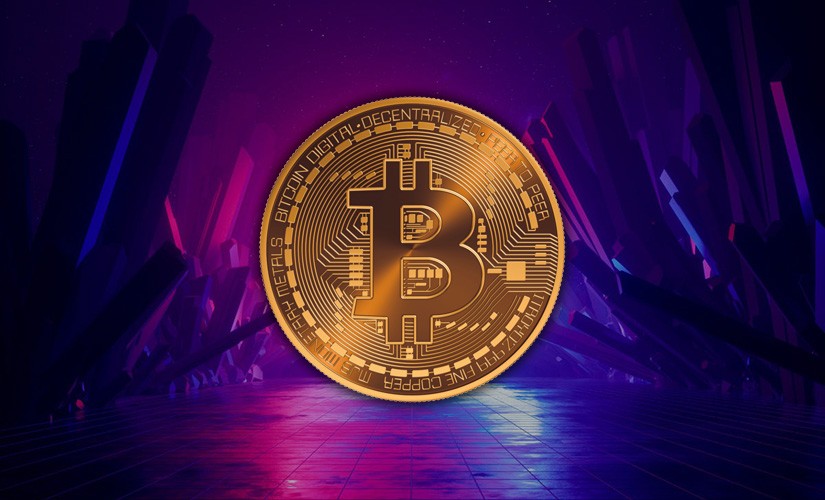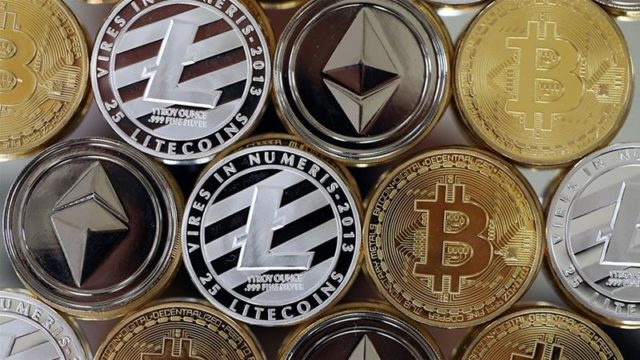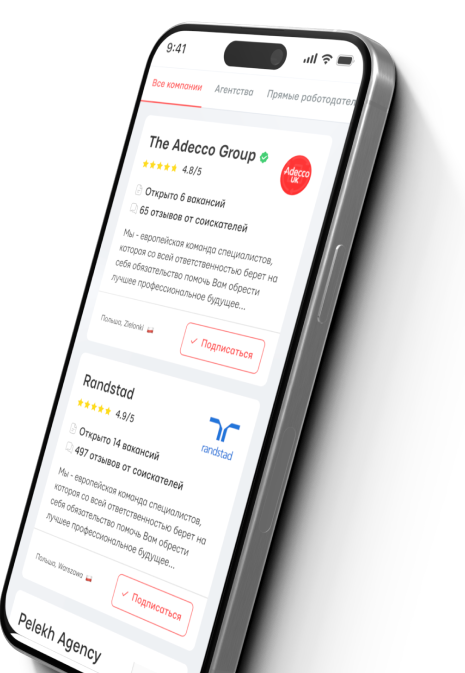What is blockchain and how does it work in simple terms.

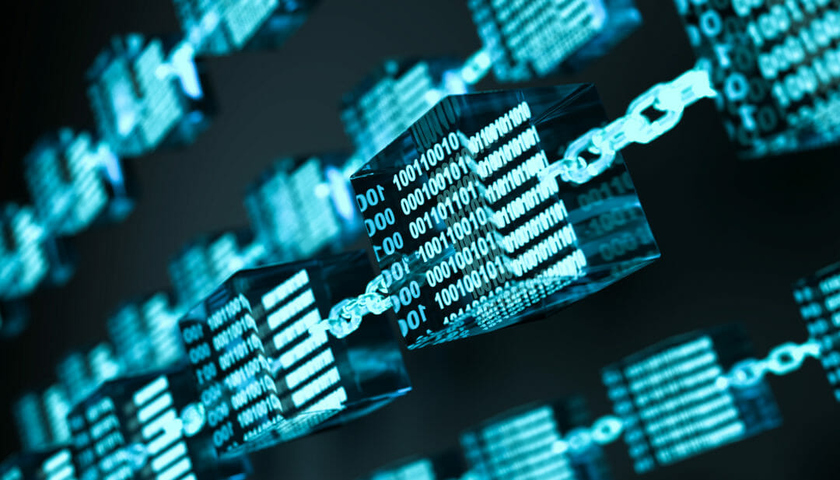
The world of cryptocurrency is quite diverse and interesting. But before earning on crypto, one needs to understand the rather complex terminology. For example, what is blockchain and how does blockchain work, what is special and useful about it.
Understanding how blockchain works in simple terms will initially be difficult. After all, it is a complex system (technology). However, it allows one to earn on crypto.
What is blockchain and how does it work?
First of all, it is necessary to understand how blockchain is structured, and only then figure out how the blockchain system works. This step-by-step approach will be the most effective.
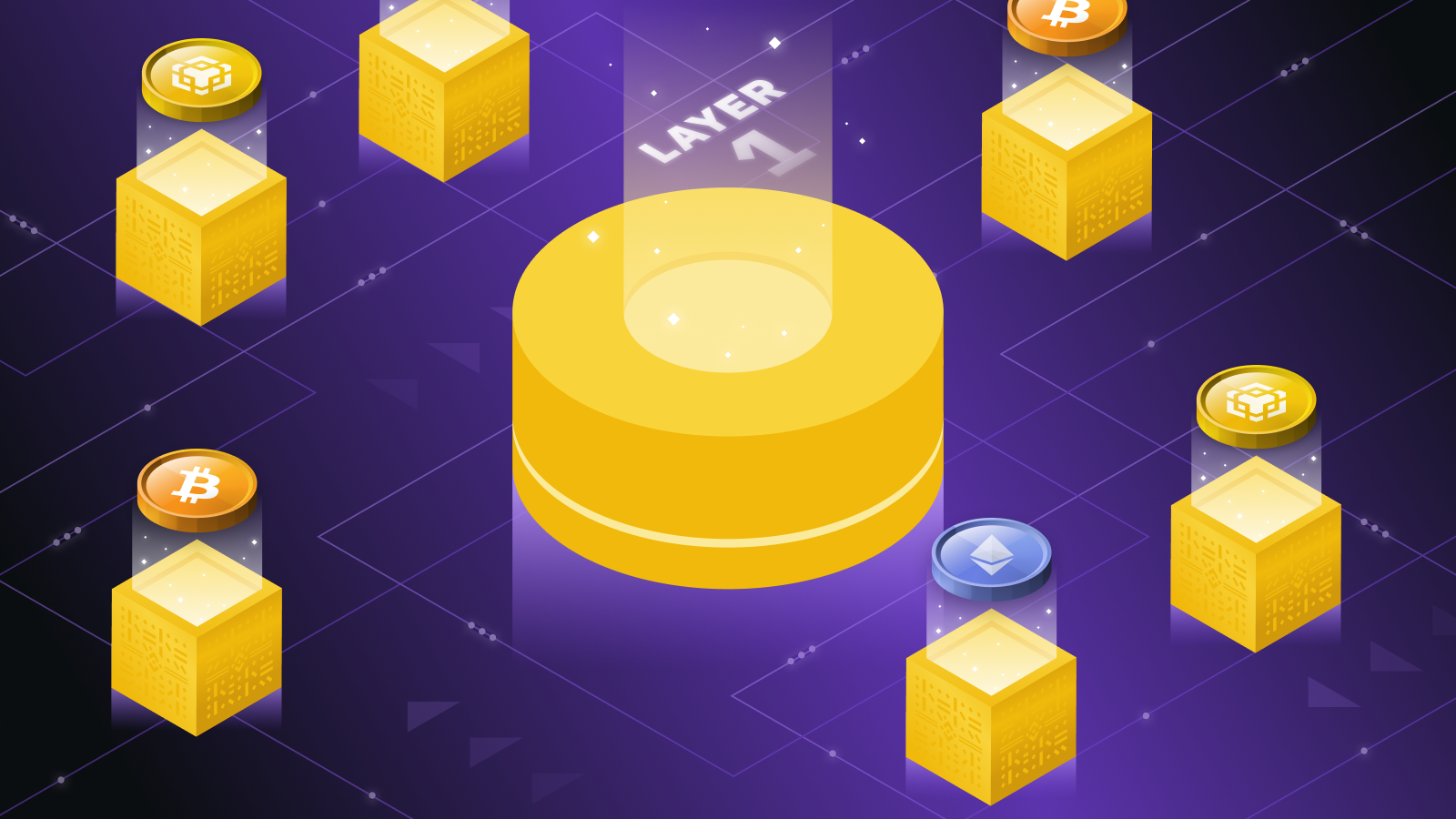
So, blockchain — is one of the most popular technologies of the 21st century, which has long moved beyond the world of cryptocurrencies and finds application in a variety of fields. What it is and how the blockchain technology works in simple terms: it is a chain of blocks that are linked but do not affect each other. Each block contains certain information. Also, the blocks themselves are stored in a decentralized network. Each record contains information about transactions, data, or events which cannot be changed or deleted. This is what makes blockchain such a reliable and transparent tool. To put it even simpler, it is a database in which the information has the highest guarantee (rewriting a block is simply impossible). This is the most valuable aspect of such a system.
Principle of operation of blockchains
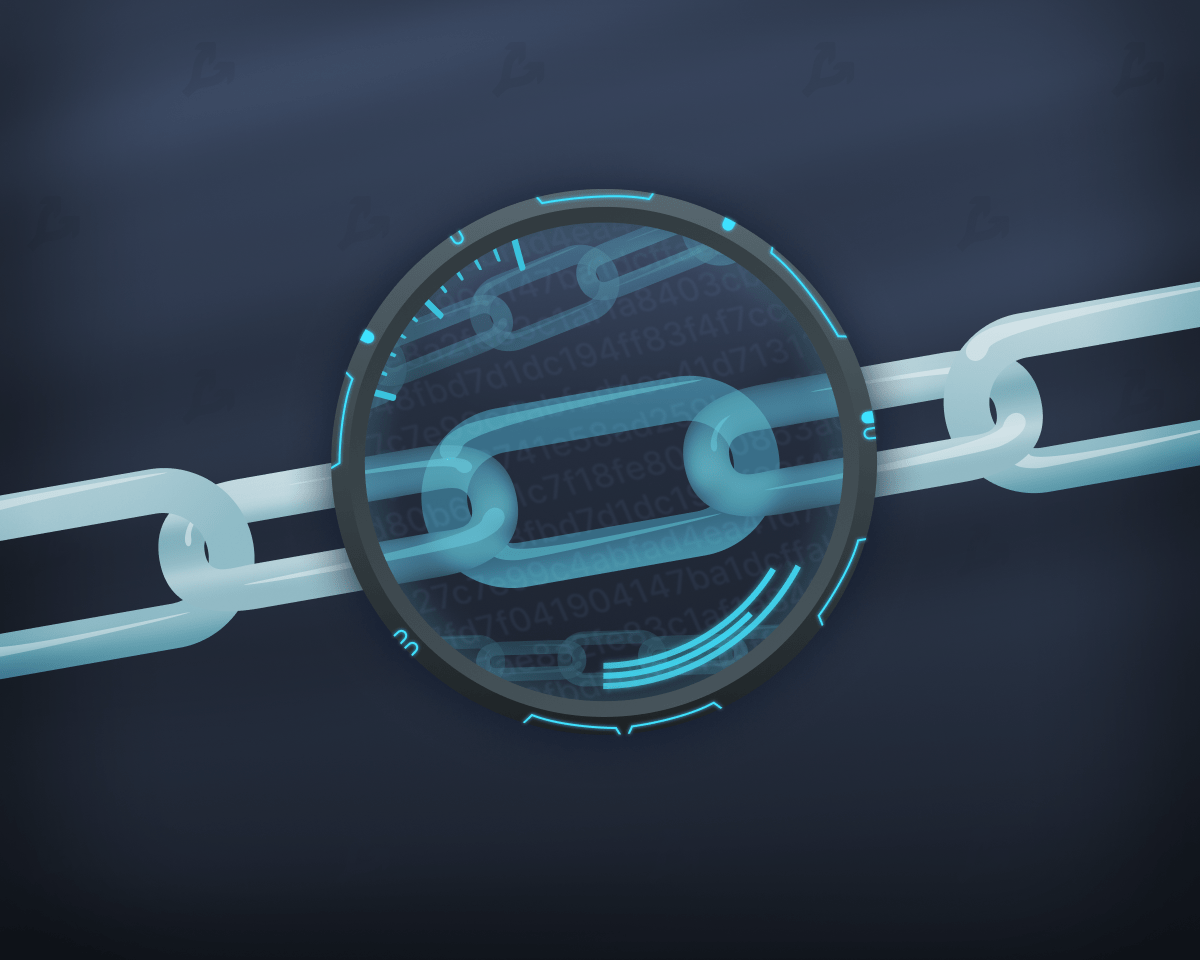
The first thing to understand is what a chain of blocks is. The main idea of blockchain is that data is recorded in so-called "blocks". Each block contains a set of data (for example, information about financial transactions), as well as a unique identifier known as a "hash".
Each block is unique, regardless of what it contains. At first glance, the value of such blocks may seem fabricated, but in the era of the importance of information, the ways of its storage (secure) are incredibly valuable.
These blocks are linked together in chronological order, forming a chain. A chain, once created, cannot be altered. The hash of each new block depends on the hash of the previous block, creating a sequence of data that cannot be forged. Each block in the chain is linked to its neighbors, although they may vary in information. If someone attempts to change information in one block, the hash will change, and the chain will break, making forgery almost impossible. That is, the guarantee of originality is 100%. No other system provides such a guarantee.
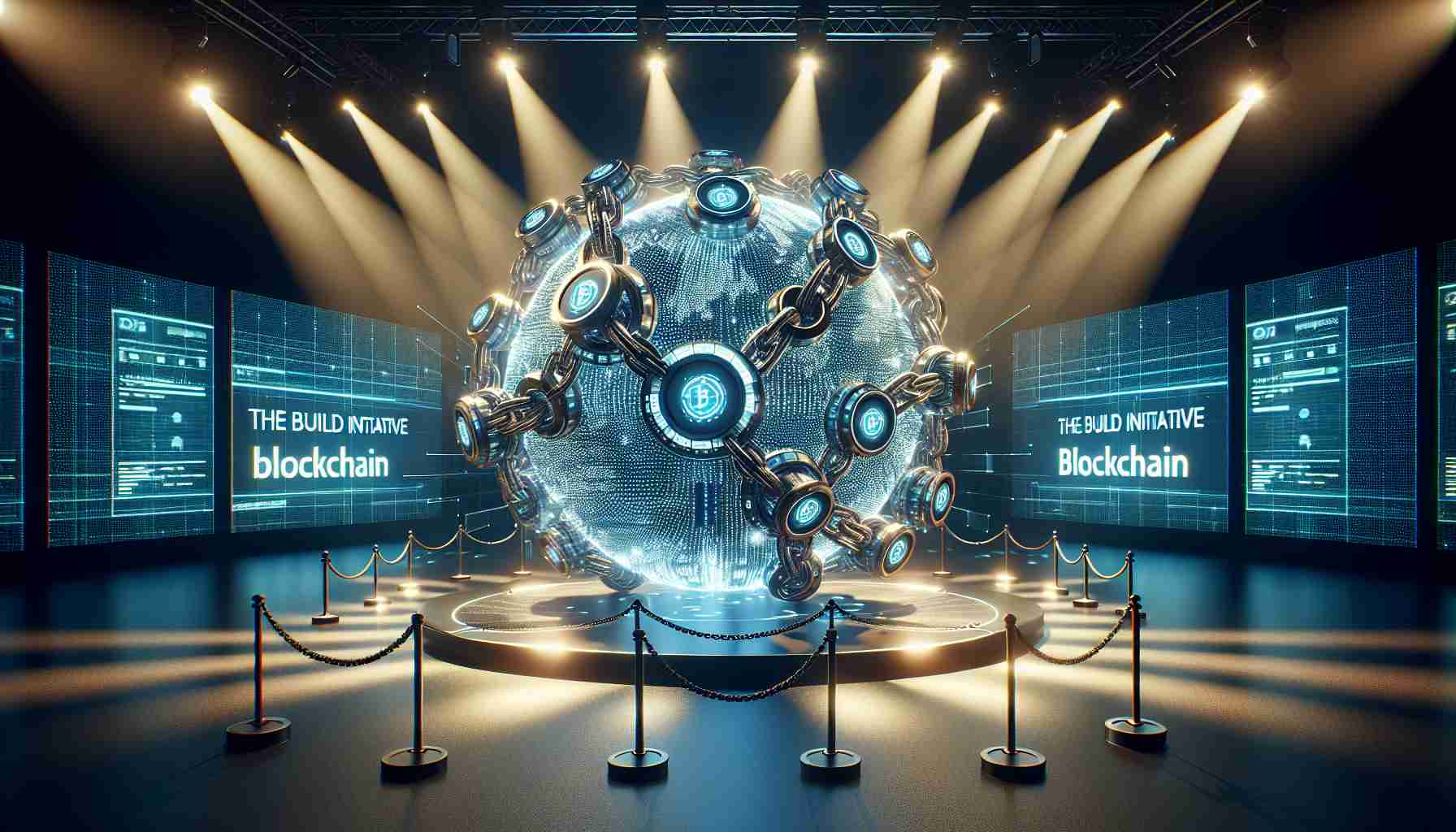
When exploring the peculiarities of blockchain operation, it is worth mentioning:
-
Decentralization. One of the key aspects of blockchain is decentralization. Unlike traditional databases, which are stored on a single server and controlled by one organization, blockchain is distributed across a network of computers (nodes). This means such data is stored on real carriers. But at the same Time, it eliminates dependence on a central control point and enhances security.
-
Consensus. For a block to be added to the chain, all nodes in the network must agree that the data in the block is correct. This process is called consensus. This process has its own algorithms (which can be conditionally selected).
Speaking of consensus, it is worth mentioning Proof of Work — this is a mechanism used in cryptocurrencies such as Bitcoin. In the network nodes, difficult tasks are solved, and if someone adds this node first, they get a reward. This is how mining works. It is also worth mentioning Proof of Stake — an alternative method based on cryptocurrency ownership. The number of investors determines whether a new block will be added. This method is quite effective, especially this year.
What are the main advantages of using blockchains?
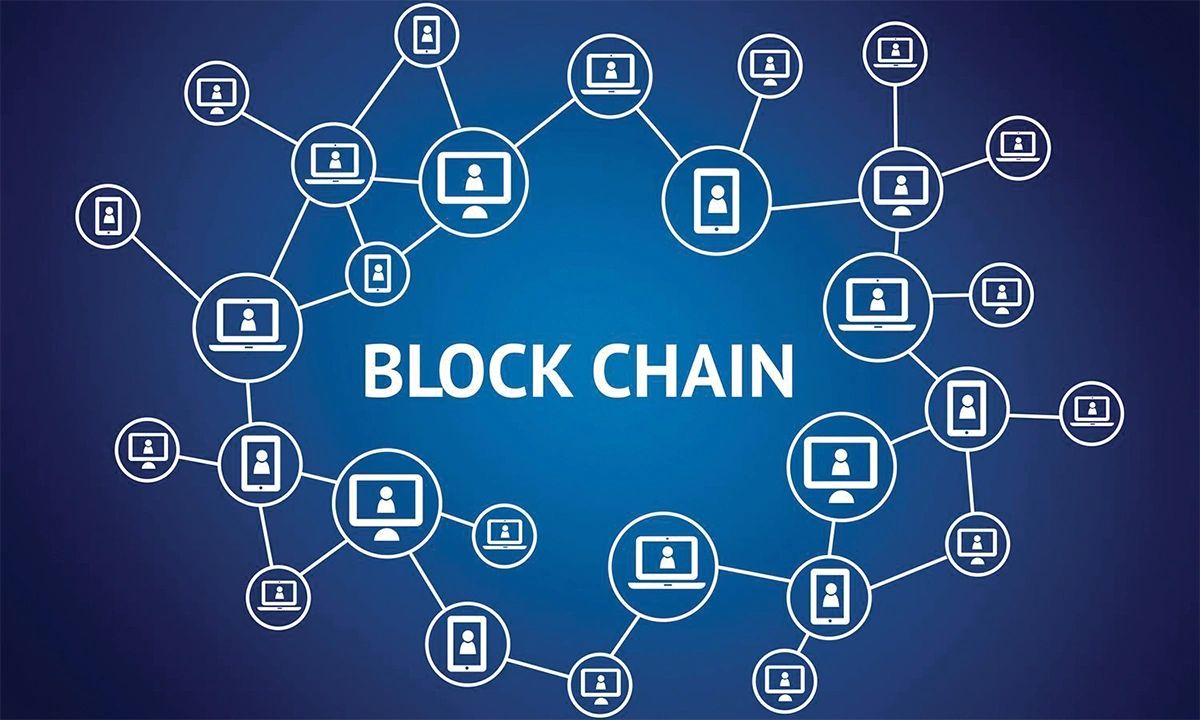
Blockchain has become one of the most discussed technologies due to its unique advantages. This is a system that has no analogs. This is what makes the system in demand.
First and foremost, it is about the transparency of the entire process. Every participant in the network can see all transactions recorded in the blockchain. This ensures a high level of trust among participants in the system, as all data is open for verification. This is the very guarantee that everyone needs.
Blockchains are characterized by security. Data in the blockchain is encrypted and protected by a hash. Due to the decentralized structure, altering information in the blockchain is extremely difficult, as it is necessary to change data simultaneously on all nodes of the network.
The main advantage of the system is undoubtedly the impossibility of altering blocks. Records in the blockchain cannot be changed or deleted. This property is especially important for such fields as finance, logistics, and legal systems, where the accuracy and authenticity of data are crucial.
In recent years, this system has already demonstrated its effectiveness. Smart contracts have long allowed for making money. They also automatically execute the conditions specified in the code, which means blockchain can significantly speed up many processes.
Where and how can blockchains be used?
Blockchains play a major role in cryptocurrency. The main and most well-known application of blockchain — is cryptocurrencies like Bitcoin and Ethereum. These are precisely the currencies that help to earn the most today.
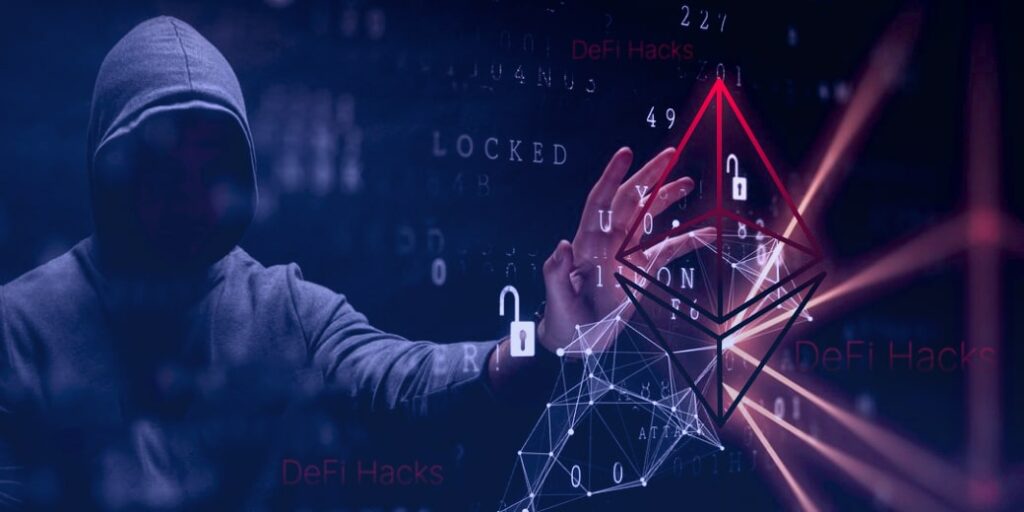
Blockchain is also used in logistics. Such a system helps to track goods at every stage of their journey from the manufacturer to the end consumer.
Blockchains can be used in the field of financial services. Banks and financial institutions are actively implementing blockchain to simplify and reduce the cost of cross-border payments, as well as to create decentralized financial systems (DeFi), which allow users to take out loans and earn on deposits without the involvement of traditional banks.
That is, blockchain is used in a large number of transactions only in cryptocurrency. With each passing year, the popularity of the technology only grows.
Read also
- Peanut cryptocurrency sharply increased in price — what does Elon Musk have to do with it
- What is the Solana cryptocurrency in simple terms
- What is cryptocurrency Ethereum in simple terms
- What will happen to cryptocurrency in 2025
- What Will Happen to Bitcoin in 2025
- The Best and Most Popular Altcoins: Top 10 Rating

